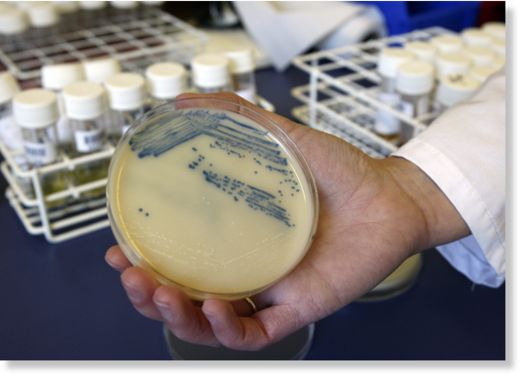
© primalbody-primalmind.com
When the U.S. Surgeon General's Office set off in 1988 to write the definitive report on the dangers of dietary fat, the scientific task appeared straightforward. Four years earlier, the National Institutes of Health (NIH) had begun advising every American old enough to walk to restrict fat intake, and the president of the American Heart Association (AHA) had told
Time magazine that if everyone went along, "we will have [atherosclerosis] conquered" by the year 2000. The Surgeon General's Office itself had just published its 700-page landmark "Report on Nutrition and Health," declaring fat the single most unwholesome component of the American diet.
All of this was apparently based on sound science. So the task before the project officer was merely to gather that science together in one volume, have it reviewed by a committee of experts, which had been promptly established, and publish it. The project did not go smoothly, however. Four project officers came and went over the next decade. "It consumed project officers," says Marion Nestle, who helped launch the project and now runs the nutrition and food studies department at New York University (NYU). Members of the oversight committee saw drafts of an early chapter or two, criticized them vigorously, and then saw little else.
Finally, in June 1999, 11 years after the project began, the Surgeon General's Office circulated a letter, authored by the last of the project officers, explaining that the report would be killed. There was no other public announcement and no press release. The letter explained that the relevant administrators "did not anticipate fully the magnitude of the additional external expertise and staff resources that would be needed." In other words, says Nestle, the subject matter "was too complicated." Bill Harlan, a member of the oversight committee and associate director of the Office of Disease Prevention at NIH, says "the report was initiated with a preconceived opinion of the conclusions," but the science behind those opinions was not holding up. "Clearly the thoughts of yesterday were not going to serve us very well."
During the past 30 years, the concept of eating healthy in America has become synonymous with avoiding dietary fat. The creation and marketing of reduced-fat food products has become big business; over 15,000 have appeared on supermarket shelves. Indeed, an entire research industry has arisen to create palatable nonfat fat substitutes, and the food industry now spends billions of dollars yearly selling the less-fat-is-good-health message. The government weighs in as well, with the U.S. Department of Agriculture's (USDA's) booklet on dietary guidelines, published every 5 years, and its ubiquitous Food Guide Pyramid, which recommends that fats and oils be eaten "sparingly." The low-fat gospel spreads farther by a kind of societal osmosis, continuously reinforced by physicians, nutritionists, journalists, health organizations, and consumer advocacy groups such as the Center for Science in the Public Interest, which refers to fat as this "greasy killer." "In America, we no longer fear God or the communists, but we fear fat," says David Kritchevsky of the Wistar Institute in Philadelphia, who in 1958 wrote the first textbook on cholesterol.
As the Surgeon General's Office discovered, however, the science of dietary fat is not nearly as simple as it once appeared. The proposition, now 50 years old, that dietary fat is a bane to health is based chiefly on the fact that fat, specifically the hard, saturated fat found primarily in meat and dairy products, elevates blood cholesterol levels. This in turn raises the likelihood that cholesterol will clog arteries, a condition known as atherosclerosis, which then increases risk of coronary artery disease, heart attack, and untimely death. By the 1970s, each individual step of this chain from fat to cholesterol to heart disease had been demonstrated beyond reasonable doubt,
but the veracity of the chain as a whole has never been proven. In other words, despite decades of research, it is still a debatable proposition whether the consumption of saturated fats above recommended levels (step one in the chain) by anyone who's not already at high risk of heart disease will increase the likelihood of untimely death (outcome three). Nor have hundreds of millions of dollars in trials managed to generate compelling evidence that healthy individuals can extend their lives by more than a few weeks, if that, by eating less fat (see sidebar on p.
2538). To put it simply, the data remain ambiguous as to whether low-fat diets will benefit healthy Americans. Worse, the ubiquitous admonishments to reduce total fat intake have encouraged a shift to high-carbohydrate diets, which may be no better--and may even be worse--than high-fat diets.



Comment: See also: Tips & tricks for starting (or restarting) low-carb Pt II